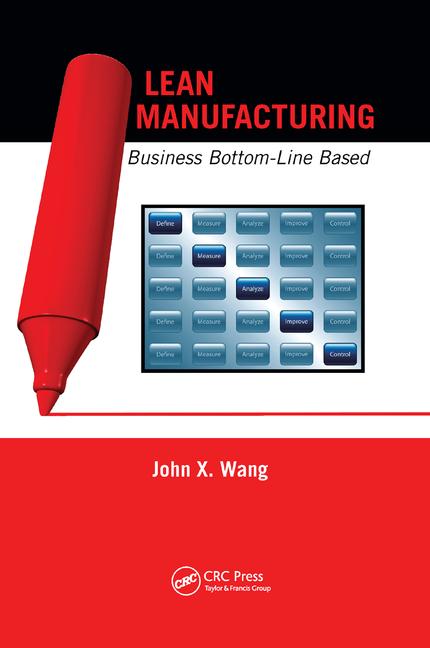A rotary encoder cannot measure the position of a linear stage, at least not directly. What it actually measures is the position of the motor shaft. The linear position of the stage can then be calculated based on the pitch and diameter of the ballscrew. How closely the calculation matches the actual position of the stage depends on the amount of backlash and other mechanical error in the system.
To obtain the exact position of the stage, regardless of any play in the system, a linear encoder is needed. There are several types to choose from, but the most common is the optical linear encoder.
These encoders work much like their rotary cousins. But, instead of reading light signals passing through a rotating disk, optical linear encoders read light signals that pass through or reflect off a graduated linear scale made from glass or steel, says Todd Drane, marketing manager for Fagor Automation Corp. (Millersport, OH). The scale usually has two parallel tracks. The main, or incremental, track consists of thousands of finely spaced lines. These are what the encoder counts to measure movement. The other track consists of intermittently spaced reference marks, which enable the encoder to determine its absolute position.
To simplify cable routing, the read head is usually mounted to a stationary machine part, while the scale is mounted to the stage. Linear encoders should not be mounted near heat sources or subjected to constant, strong vibration.
Optical linear encoders are available in sealed and exposed versions. Sealed encoders are protected against swarf and oil by an aluminum housing with flexible sealing lips. For greater protection, the housing can be pressurized with compressed air. The read head travels on a low-friction guide within the scale unit. It's connected to the external mounting block with a coupling that compensates for misalignment between the scale and the machine guideways. Exposed encoders operate with no mechanical contact between the read head and the scale. This eliminates backlash or hysteresis.
Both sealed and exposed encoders are available in lengths of more than 30 meters. Because of their noncontact operation, exposed encoders are a bit more accurate than sealed models, says Kevin Kaufenberg, product manager at Heidenhain Corp. (Schaumburg, IL). The accuracy of sealed encoders ranges from ±2 to ±10 microns, while the accuracy of exposed versions can be as low as ±0.1 micron.
A magnetic linear encoder, such as the Lincoder from Sick Stegmann (Dayton, OH), relies not on a graduated scale, but on a magnetic tape laminated to a steel strip. Absolute positional information is magnetized onto the tape in a 12-bit sequential code. This information is enhanced by interpolation of sine-cosine signals that are provided on an additional incremental track on the tape. A noncontact magnetic sensor is mounted to the stage or other device whose position is to be measured. As the sensor moves over the tape, its position is output with a resolution as low as 1 micron over a 16-meter range or 10 microns over a 40-meter range.
The Spherosyn linear encoder from Newall Electronics Inc. (Columbus, OH) operates on the principle of induction. The "scale" is a stainless steel tube containing precision ball bearings under compression. The read head, which fits around the scale and slides along it, contains a drive coil and four sets of pick-up coils. When current is passed through the drive coil, it induces a voltage in each of the pick-up coils, which varies according to their position relative to the balls in the scale. By measuring these variations, the encoder determines its position.
A cable-draw encoder, such as the LCE from Encoder Products Co. (Sagle, ID), operates a bit like a tape measure. This encoder contains a stainless steel or composite cable wound on a precise, constant-diameter spool. Attached to the stage, the cable extends and retracts as the apparatus moves. A spring on the spool keeps the cable taught. Position feedback is provided by a rotary encoder or potentiometer.






